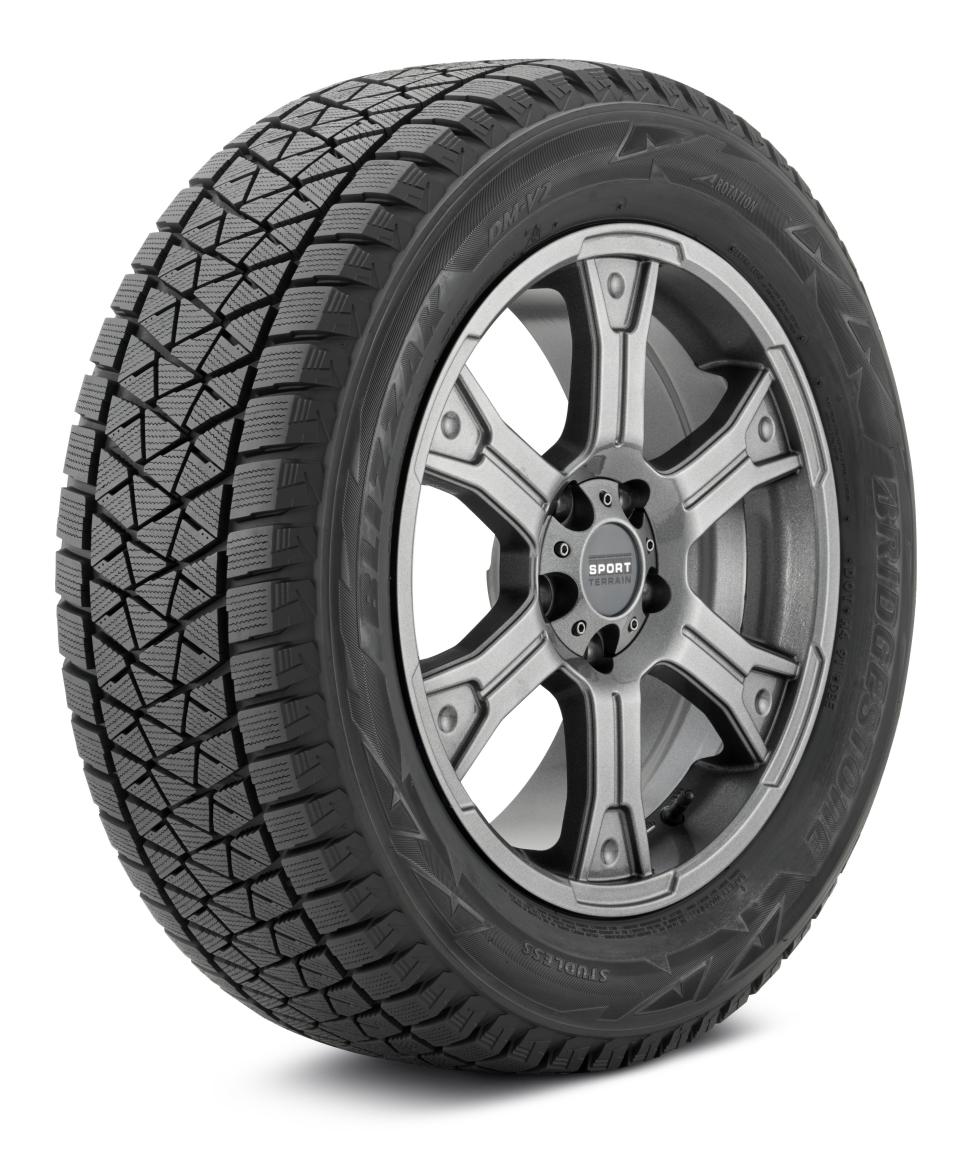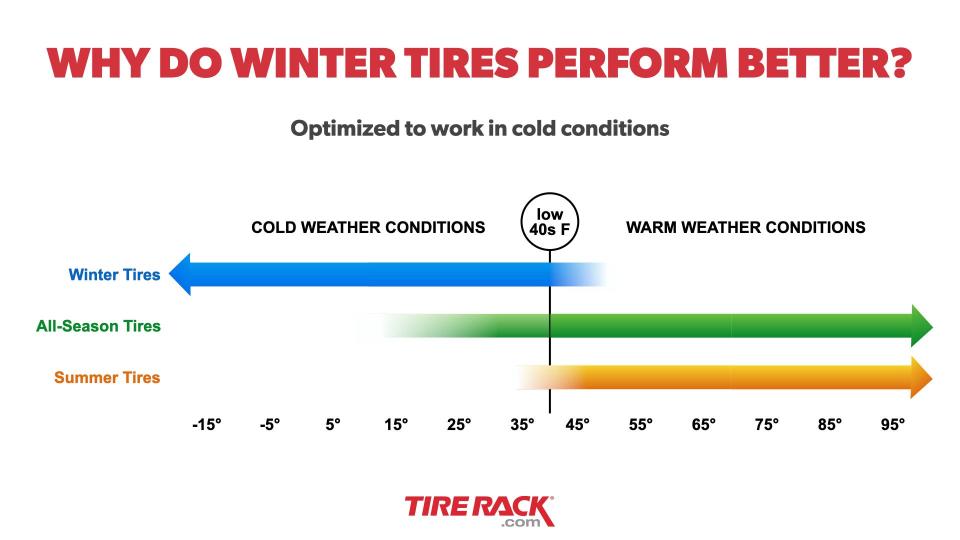Winter tires make ‘unimaginable’ difference — but only fraction of drivers use them
DETROIT — Any day now, a few million drivers will make their vehicles safer in a way most Americans never consider — by switching to winter tires. It costs money, but less than most people expect, and the difference in steering, accelerating and braking is enough that drivers in many parts of the world wouldn’t consider trusting the same tires on a sunny, 90-degree Fahrenheit day and a damp, 40F one, much less in an actual winter storm.
“The difference a winter tire makes is almost unimaginable,” said TJ Campbell, tire information and testing manager for retailer the Tire Rack.
“There’s no comparison of braking distance. Not just on ice and snow, but also on wet, cold and slippery surfaces.”
Part of the difference is obvious: Winter tires, sometimes called snow tires, have different tread patterns. Like an iceberg, though, 90% of the substance is hidden under the surface. Winter tires are made of rubber compounds created to improve traction at low temperatures. The tread’s ability to grip snow or disperse water is almost beside the point.
Winter tires are mandatory in parts of Europe, recommended throughout Canada and required in Quebec.
'Unseasonably cold conditions': Snowstorm with frigid temperatures impacting about 20 states this week, winter weather forecast says

If you can see your breath — you're late
“They’re not just snow tires,” Campbell said. “Winter tires are better in all conditions below 40F."
“'Snow tires' is a very dated term. The tires also excel in subfreezing dry conditions, on ice, watery ice and slush.” The term 'snow tire' dates to before tire makers fully understood the chemistry of rubber, water and temperature. Until the 1990s or so, winter tires were distinguished primarily by deeper grooves and more aggressive tread patterns that dug into the surface of snow or ice for a better grip.
“I generally tell people to use winter tires from Thanksgiving to Tax Day” — April 15 — Campbell said. "If you can consistently see your breath, you should’ve changed your tires already.”

That’s particularly true if you have a performance car with summer tires. They provide phenomenal grip zipping around curves spring through fall, but steering and braking performance fall drastically with ambient temperature.
Modern winter tires are made of chemical compounds that stay flexible and grippy at lower temperatures than the so-called "all season" tires most people use year-round.
That puts tire makers in a weird position. All the major ones have some tires called "all season" or words to that effect, but they also know that no tire is at its best in the full range of temperatures seen much of the United States and nearly all of Europe. "Three-season" is more accurate, but tire makers are reluctant to hand the competition a selling tool with a name that suggests their product is less versatile. Welcome to capitalism.

 Yahoo Autos
Yahoo Autos 